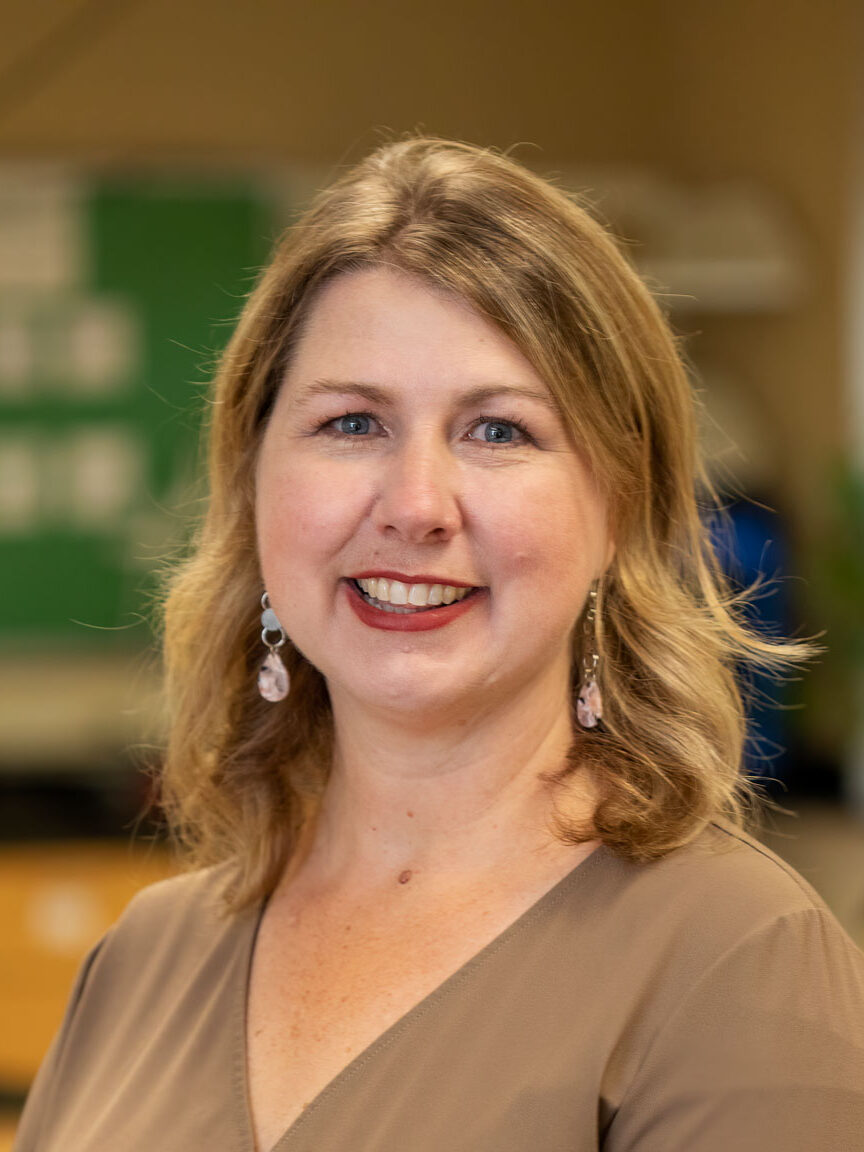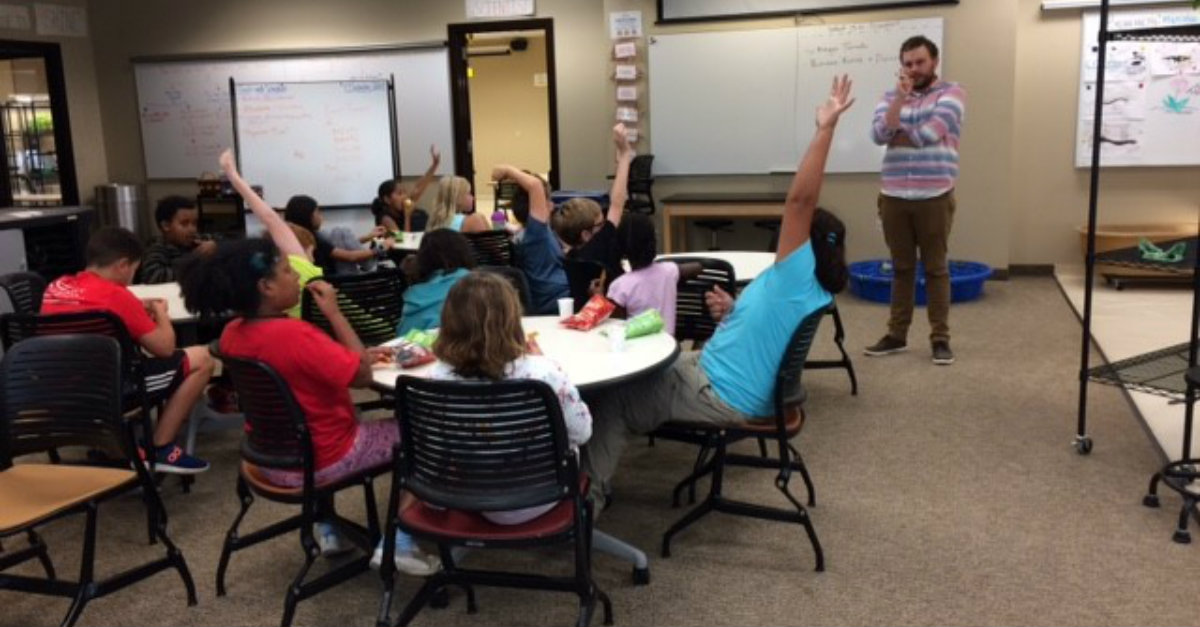I think every teacher wants to make a difference. We want to leave a meaningful impact on the lives of students and push them upwards toward greatness. At the very least, we want to create a generation of citizens who are not only literate and mathematically proficient, but also creative, inquisitive, and attentive workers. No easy task, especially when the world of education continues to change at breakneck speed. Still, big things often have small beginnings, and simple actions can set your students on the path to success.
The Not-So-Revolutionary Idea
So, here’s a reminder of something that we all know is important, is easy to implement daily, and yet often forget to employ on a regular basis: simple modeling in the classroom. I don’t mean modeling reading or direct instruction where you model the activity the students are about to do. Those are critical components to any well-thought-out lesson plan, but if we think back to our goals, we must extend our modeling beyond content-area instruction. If we go back to our premise of creating a generation of citizens who are curious, creative, and critical thinkers, then we must model those same characteristics.
Ask Yourself…
- Are you Inquisitive? Do you have questions about the world around you and are you driven to find the answers? Do you share these questions with your students so they can see your passion for knowledge?
- Are you Innovative? Do you routinely bring new ideas to the classroom? Are you seeking out innovative people and introducing them to your students? Do you actively encourage diverse ways of thinking in your classroom?
- Are you Creative? When was the last time you created something? It could be a short story, a poem, a doodle drawing, or something as simple as trying a new recipe. Have you shown your students the value of creating something? Do they understand that all creativity requires hard work?
- Are you a Problem-Solver? Do you shy away from challenges or do you face them head-on? What do you tell your students about perseverance? Do you share your triumphs and failures with them? Even better, do you share the problems you haven’t solved yet?
Learning Together
There’s an old saying, allegedly attributed to Gandhi, “Be the change you want to see in the world.” Well, what better place to begin than in the classroom? You cannot simply will your students into becoming critical thinkers. Instead, consider if you’re exhibiting the very qualities you hope to see in the classroom. Who knows? By helping students discover their passion for learning, you may just find some of your own!

